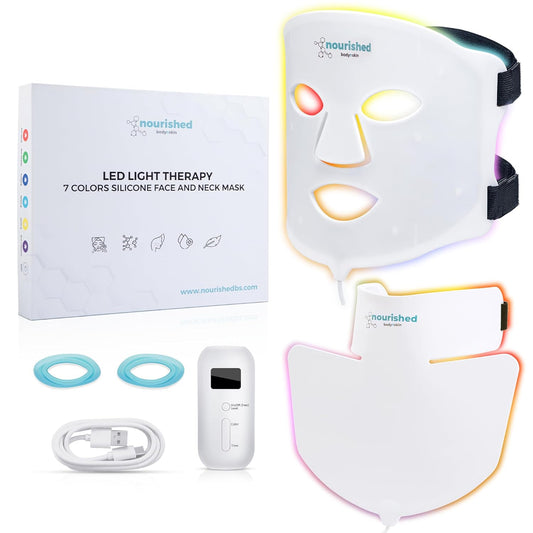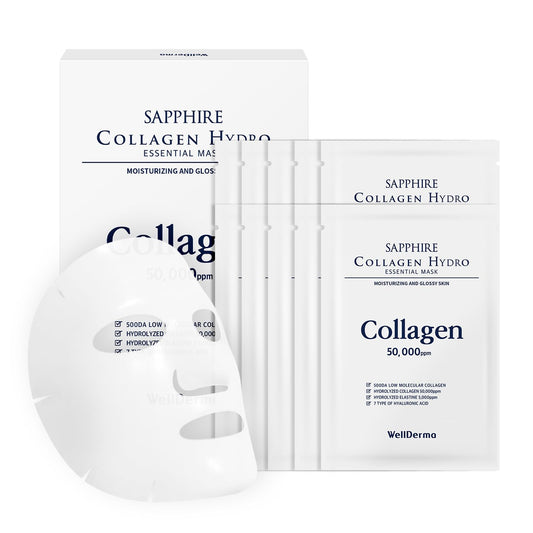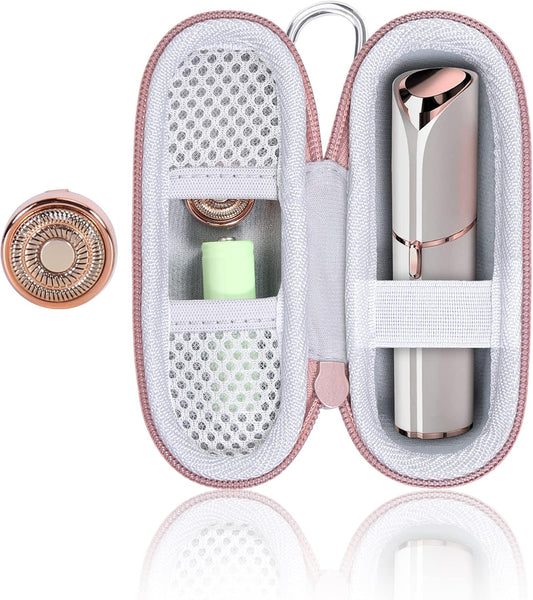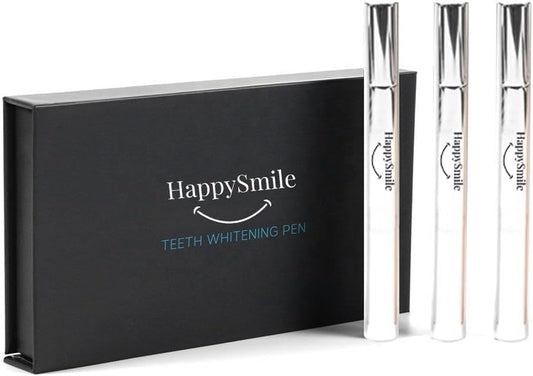The Real Effects of LED Light Devices on the Skin: What to Know Before Using Them at Home
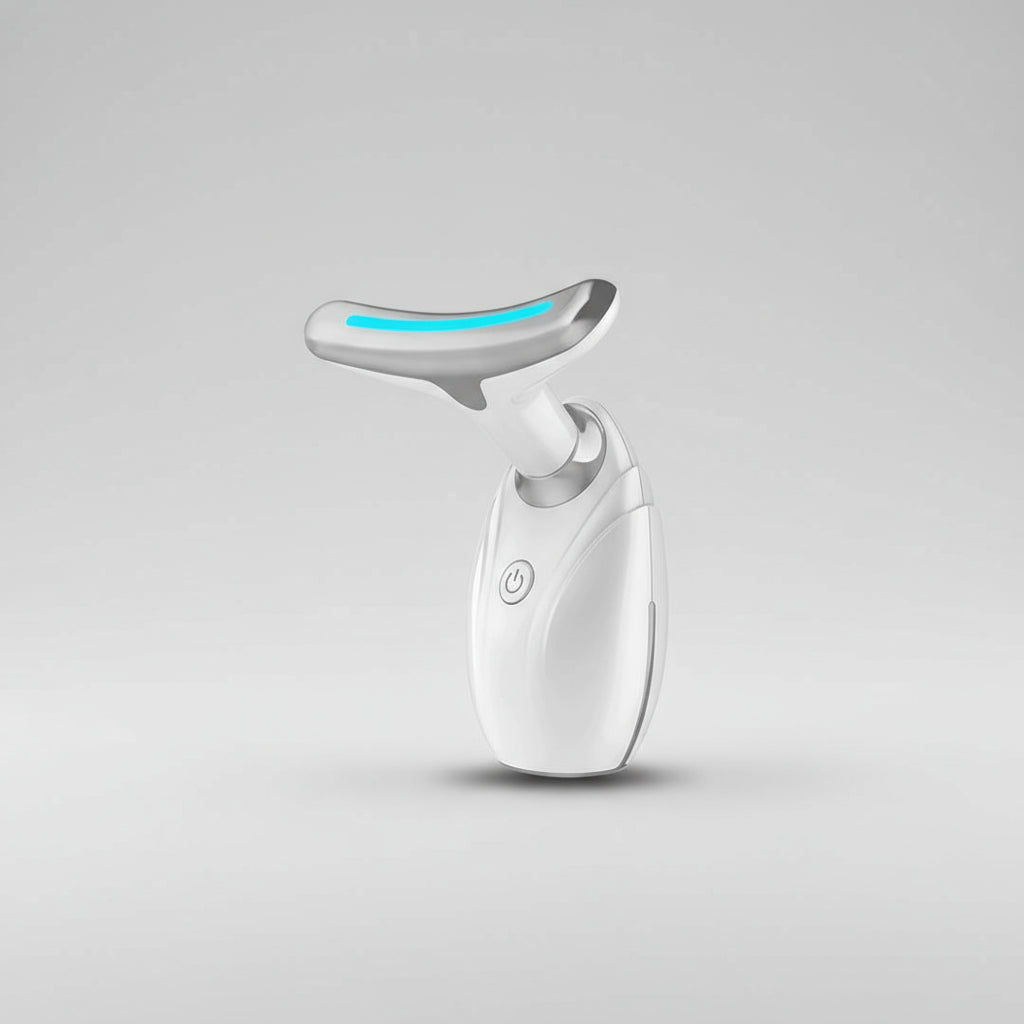
Introduction
LED light therapy has become one of the most promising treatments for skin rejuvenation and overall skin health. Once reserved for dermatology clinics, it now finds its place in our daily beauty routines through accessible and stylish home devices. But how effective are these technologies really? Are they safe to use?
What Is LED Light and How Does It Work on the Skin?
LEDs (Light Emitting Diodes) emit a cool, non-UV light that penetrates different layers of the skin depending on the wavelength.
Each color targets specific biological mechanisms:
Red light (620–750 nm): Stimulates collagen production, improves circulation, and reduces fine lines and wrinkles.
Blue light (450–495 nm): Kills acne-causing bacteria and soothes inflammation.
Green light (520–560 nm): Helps even out skin tone and reduce pigmentation spots.
Yellow light (570–590 nm): Revitalizes dull skin and enhances elasticity and microcirculation.
According to several dermatological studies, including those published in the American Journal of Clinical Dermatology (2017), LED light acts as a biological signal that naturally stimulates skin cells without causing irritation.
The Benefits of Regular Use
When used consistently (two to three times per week), LED therapy can:
- Improve skin texture and firmness
- Reduce redness and imperfections
- Promote faster healing
- Gradually brighten and enhance the complexion
Many dermatologists emphasize that consistency matters more than intensity: gentle, regular exposure produces better results than strong, occasional sessions.
Precautions Before Home Use
Although home LED devices are generally safe, a few precautions are essential:
- Cleanse your skin before each session to prevent impurities from being absorbed.
- Avoid direct exposure to the eyes and use protective goggles.
- Do not use if you are pregnant, taking photosensitizing medication, or have an active skin condition without consulting a healthcare professional.
- Follow the manufacturer's instructions carefully (usually 10 to 20 minutes, two to four times per week).
The Limitations: What LED Therapy Cannot Do
LED devices do not replace medical treatments or professional skincare.
They visibly improve skin quality but cannot:
- Erase deep wrinkles
- Treat severe scarring
- Replace a consistent skincare routine
LED therapy works best as a complement to a healthy lifestyle, proper hydration, and products adapted to your skin type.
Conclusion: A Gentle Yet Serious Technology
At-home LED light devices offer a gentle, non-invasive, and scientifically supported approach to maintaining youthful, radiant skin.
When used with regularity and care, their effects are both visible and lasting.
A luminous ritual that transforms everyday skincare into a moment of well-being and renewal.
Sources and References
- American Journal of Clinical Dermatology, 2017
- Photomedicine and Laser Surgery, 2018
- Journal of Cosmetic and Laser Therapy, 2020
- FDA (U.S. Food and Drug Administration) – Classification of LED devices for aesthetic use

